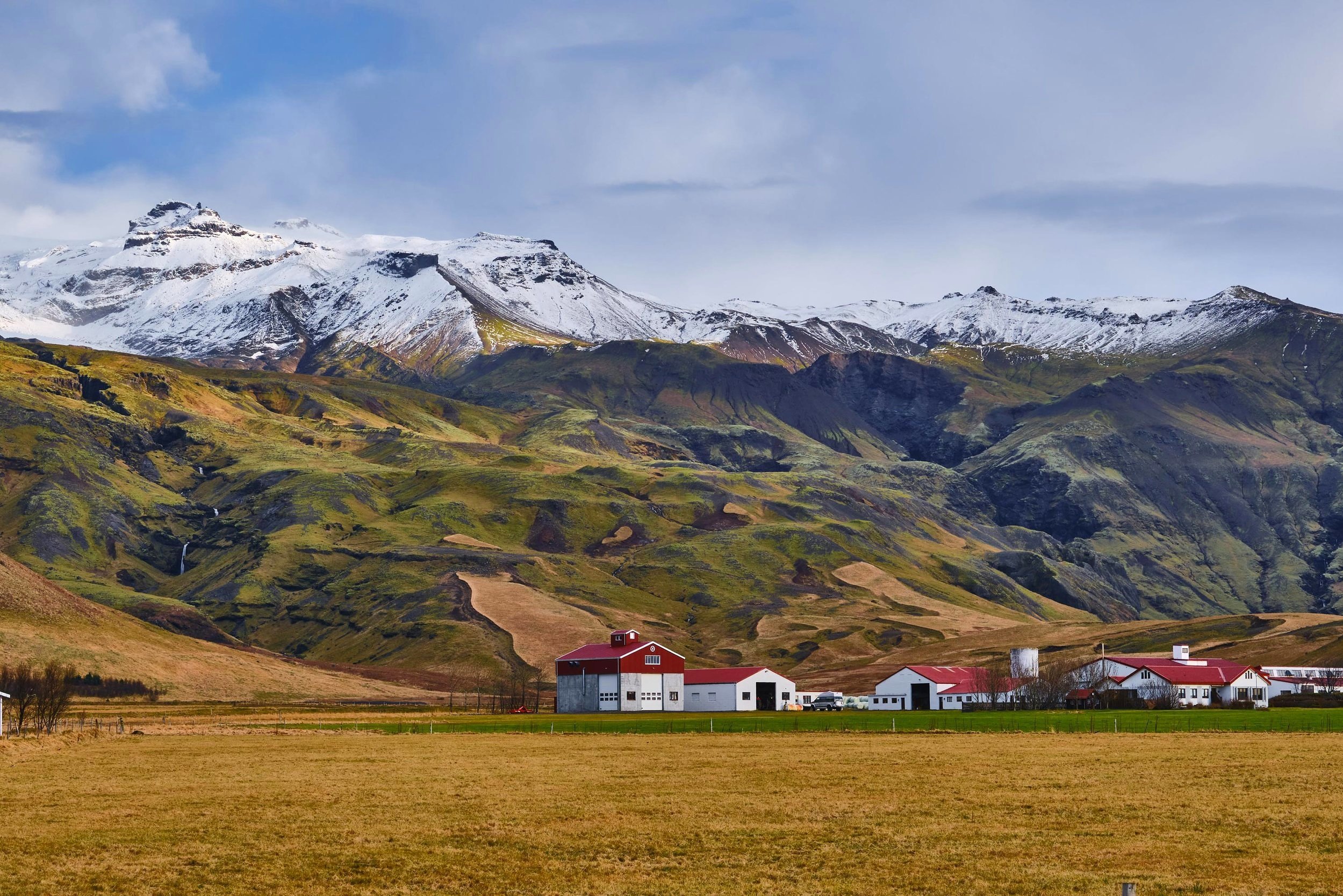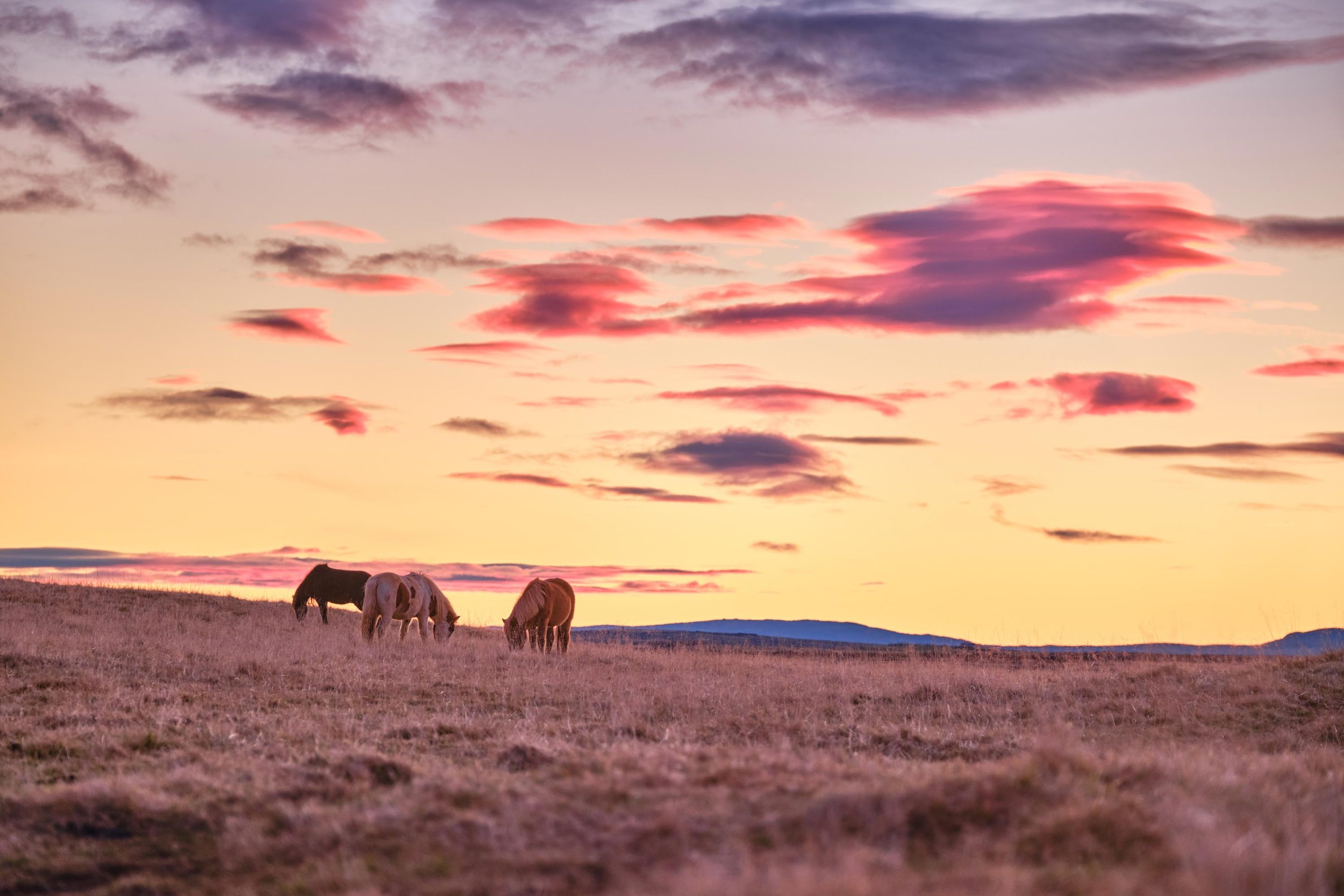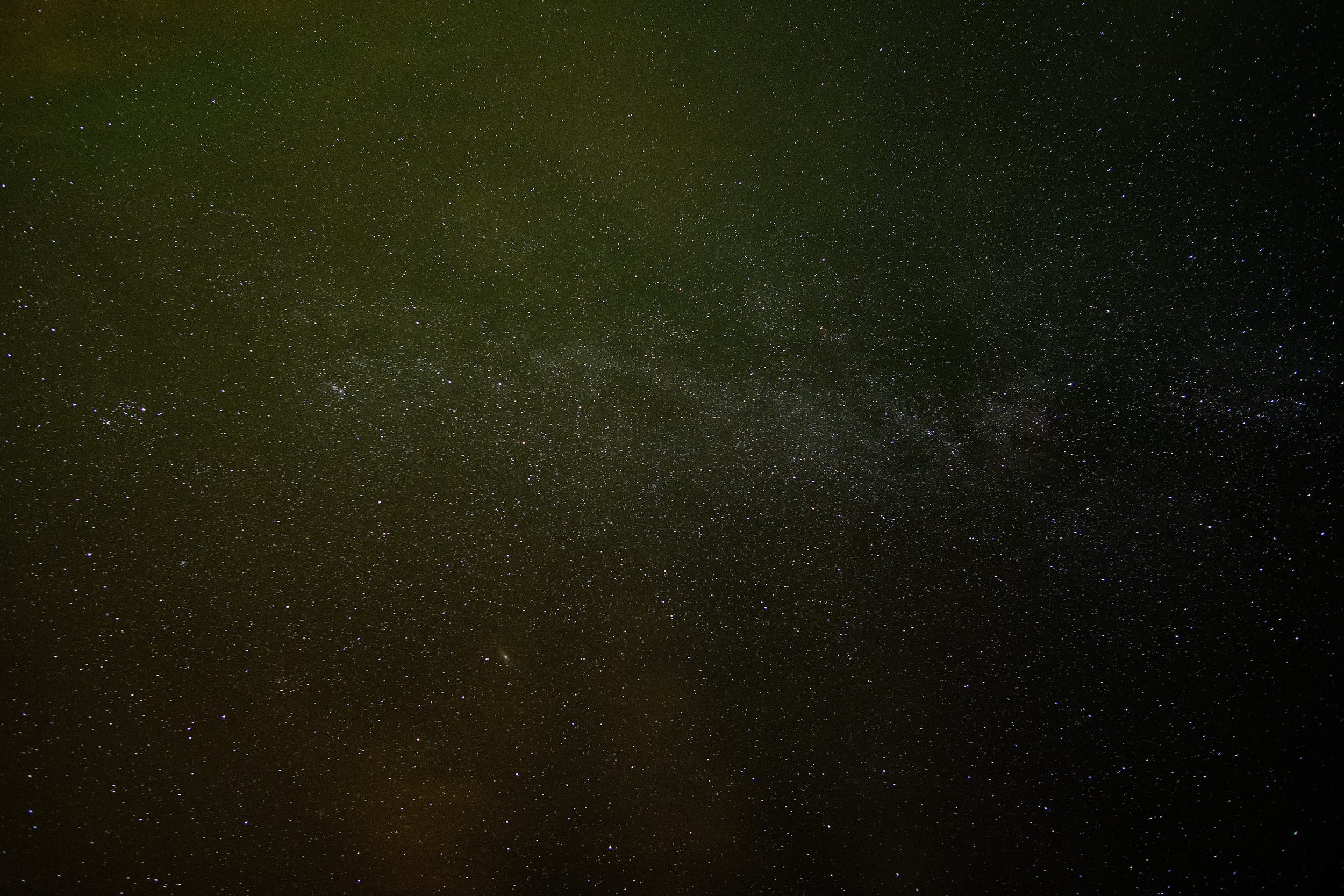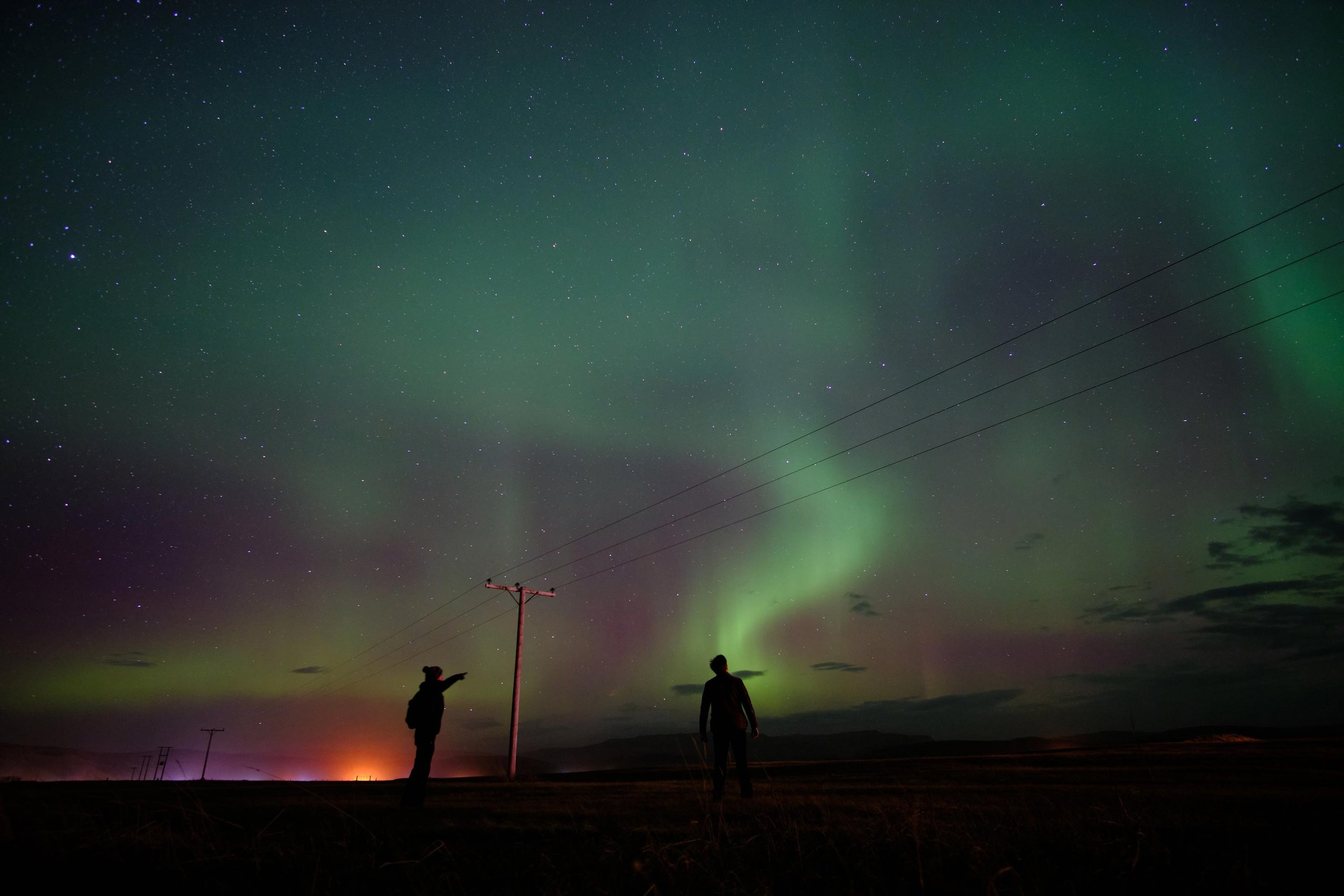Welcome to Iceland
“Velkominn til Íslands.”

A picture tells more than a thousand words. This is especially true for Iceland. This country is sincerely and genuinely exquisite in every sense of the word. It is a geological marvel, it is a photographer’s playground, it is a country that emanates respect, decency and prosperity.
I visited the country together with my best friend and co-photographer Willem (Click here to see his amazing Instagram page). We booked a 10-day tour around the Island, organized by Nordic Visitor, starting on Friday the 29th of October with a return flight planned on the 7th of November.
Our first stop was Reykjavik, the capital city of this country. It’s the world’s northernmost capital and counts not more than 131,000 inhabitants. Indeed, it feels more like walking around in a cozy neighborhood rather than a real city.
Architecturally, it’s not very interesting. The houses are rather dull and there isn’t much to do during the winter, so we were very happy to start exploring the countryside! Little did we know that we were in for a real treat.
Þingvellir National Park
A solitary house on volcanic black stone.
The volcanic activity of Iceland is clearly noticeable by the hundreds of small black mountains. This dark color stems from the basalt stone.
The black, somber ashes contrast briliantly with the vibrant green and orange mosses growing over Iceland, giving this country a uniquely beautiful colour palette.
What immediately struck me after landing, was the wonderful light. Indeed, because Iceland is located between 64° and 66° latitude, the Sun stays rather low over the horizon all day. The picture of the sun’s reflection over Þingvellir National Park illustrates this perfectly. Indeed, I took the photo at 13h00. Notice how low the Sun is at that time of the day! So what does this entail? From morning till dusk, the sun seems to be setting. This felt a bit odd initially. Indeed, the first few days we constantly drove around fearing the sun was about to set, covering this beautiful landscape in long cold darkness. Whimsically however, we still had more than 4 hours of daylight left.
Speaking of Þingvellir National Park: this was the first natural attraction we visited. It is said that the Vikings established the world’s first democratic parliament there, somewhere around 930 AD. The national park is located on a tectonic plate boundary where the North American and Eurasian plates drift apart. At a rate of 1-18mm per year, these two plates slowly tear away from each other.
Öxarárfoss (Þingvellir)
Þingvellir National Park

Geysir’s little sister: Strokkur.
Next on the menu was Geysir (from which the word geyser stems). Whimsically, Geysir has been dormant for many years now and it is its little sister Strokkur that erupts every few minutes.
I found this geyser rather underwhelming so if you’re an a tight schedule, I’d skip this one.
Hot springs next to Geysir.

Horses of Iceland
The horses in Iceland are a special breed. For decennia, they were isolated from the rest of the world, producing a distinct lineage of smaller horses resistant to harsher environments. Because of the sequestration, their immunity isn’t adapted to the many diseases endemic to the European mainland. Therefore, the Icelandic government put in place rigorous import rules for livestock. It is prohibited to import horses and once an indigenous horse leaves the island, it isn’t allowed back in.
Lucky composition.
Gullfoss (Golden Circle, Iceland), analog photograph shot with Hasselblad 500CM and Kodak Portra 160.
Interesting how thousands of years of icy water have slowly eroded the massive basalt stone plateaus.
The sunlight of Iceland definitely is amazing.
Willem.
Sunset over the Golden Circle. Actually, after visiting Gullfoss, we decided to travel further down the road instead of going back to our first hotel straight away. There we found wonderful great grass plains, bathing in the golden sunset light. During the hour we spent there, we crossed online one single car.
“Iamque rubescebat radiis mare et aethere ab alto
Aurora in roseis fulgebat lutea bigis”
— Virgilius, 18 B.C.
Aurora now had left her saffron bed, And beams of early light the heavens overspread.
Aurora: In Roman mythology, the goddess of the dawn, equivalent of the Greek Eos. Most of the stories about her tell of handsome men being kidnapped to live with her. Every morning, she would travel through the sky from East to West, announcing the coming of a new day.
From the early 18th century, aurora has been used to designate a natural electrical phenomenon characterized by the appearance of streamers of reddish or greenish light in the sky, especially near the northern or southern magnetic pole. The effect is caused by the interaction of charged particles from the sun with atoms in the upper atmosphere. In northern and southern regions it is respectively called aurora borealis or northern lights and aurora australis or southern lights. (Oxford Dictionary)
After our very first day driving around, my eyes longing for some adventure, I spotted a small hill adjacent to our hotel. We started climbing, the cold wind howling around our ears. Excitement grew as we went further upwards, soft green light gently glooming over the mountain’s ridgeline. As soon as we reached the top, the spectacle had already started and little did we know that this was merely and introduction to the main event of the show. Indeed, scroll down to see the next picture, taken when the sun’s geomagnetic storm was reaching an exceptional peak of 7 kp (out of a 9 level scale).
Understanding and explaining the Kp index is somewhat complicated and truthfully after some research I still don’t fully grasp how it is calculated. However, as a rule of thumb, the higher the Kp-number, the greater the odds of seeing aurora at a smaller geographical latitude. For instance, a Kp-1 aurora can already been seen on the horizon of northern iceland, a Kp-2 event can be witnessed all the way above the southern horizon of Iceland, a Kp-6-7 can be appreciated in Denmark and a Kp-9 can be discerned in the Netherlands (although rather low above the northern horizon). Quite logically, the more intense the geomagnetic storm, the further away from the north pole it can be witnessed. At higher Kp-values, not only is the green colour more visible, other tints such as red become visible.
I am exceptionally proud of this photo. The colours are unedited, showing how intense this magical spectacle can get but more excitingly, it shows a rather rare Aurora Borrealis Corona! This means that charged particles flow directly towards the observer. It can only be seen at higher latitudes (such as Iceland) and especially at higher Kp-values. At that moment, the website I used to predict auroral activity indicated Kp-7!
Being alone on that hill top, in the cold, with such a marvelous spectacle above our heads really was a once in a lifetime experience.
It needs to be said though, that Auroras (how magical that they might be) are slightly less easy to spot with the naked eye compared to what photographs can show. Indeed, these were the setting I used to capture most of the Northern Lights: ISO +/- 1250, f2.0, shutter speed 15 seconds.

Plane Wreck
This accident aircraft was flying to Naval Air Station Keflavik in 1973. En-route the aircraft encountered severe icing and the crew were forced to land on a frozen river at Sólheimasandur. All 7 crew members survived and were rescued by helicopter, but the aircraft was written off. The unsalvaged remains of the aircraft were left at the scene.
Hasselblad 500 CM | Ektar 100 (Kodak) | 150mm
VdVisuals loading a roll of Portra 160 into his old faithful Hasselblad. Photo credits to Willem.
Reynisfjara (aka. black sand beach)
After visiting the plane wreck at Solheimasandur, we drove towards this very famous beach. Although the black sand was very interesting visually (nice contrast between black soil and white waves), the geology of this beach was even more so. Indeed, the beach showcases clear columnar jointed volcanic rock.
Unfortunately, we weren’t the only people admiring this cave, which meant it wasn’t easy taking a picture without any people on it. It tried hiding as many people as I could by using a very long exposure (50 sec) and this was the best result I could get.
For this shot, I used my Fujifilm X-T4 with a zoom lens (140mm) and a 10-stop ND filter from Hoya. Exposure time was approximately 20 seconds, rendering the sea silky smooth and minimalistic.
The world-famous black sand beach, viewed from above. Initially we enjoyed our higher view-point alone, however other photographers quickly noticed our presence there and started packing around us, thus putting an end to our quiet and scenic photography spot.
“Nils Holgersson's wonderful journey across Sweden Iceland”
A second squadron of goose taking off from Reynisfjara, on their way to the warmer south.
As I have mentioned before, one of the more wonderful things about Iceland in November is the magical light during the whole day. Even more magical are the sunsets themselves. Indeed, sunsets seem to last significantly longer and skies seem drastically more colorful. It was extremely challenging to take a photograph that didn’t look fake or oversaturated. Marvelous sunset.
Tourism is by far the most lucrative business of this country. Covering over 42% of the small country’s export, it is World’s most tourism-dependent society. However, fishery comes second with almost 17% of Iceland’s GDP.
Interestingly, aluminum production comes third. Producing this metal is extremely energy hungry and since 99,9% of all electricity in Iceland is renewable, this is an fix for these companies.
Fjadragljufur
We decided to take a small detour early in the morning to check out this marvelous canyon whose sides reach more than 100 meters high.
Brilliant cliffs, don’t you agree?
To create this shot, I actually compiled 5 different images. The result is a panorama photo that clearly illustrates the vastness of these mountains but also the beauty of the vegetation on the dark rock. The only part where I struggled a bit was the ground itself so I had to improvise…
On this photo you can appreciate how massive these cliffs all are.

After having driven on the southern part of the island for quite some time, we headed north. In less than an hour, the landscape changed completely and we were engulfed by a winterstorm. Temperatures quickly dropped, roads got icy.
Some drivers weren’t that lucky…
Diamond Beach and Jokülsarlon Lagoon
The Jokülsarlon glacier ends here, dropping its massive icy cliffs into the sea water. As a consequence, the shores are littered with ice, giving the appearance of diamonds.
Reykjahlíð and surroundings
Truth be told, after a while, it got difficult to remember where we had been and what we visited in the northern part of Iceland. The snow and bad weather also meant that we missed a lot of beautiful landscapes - this was compensated by some more adventurous walks at terrible freezing temperatures.
I shall therefore let the pictures talk for themselves, enjoy!
Dettifoss.

In conclusion, Iceland was a photographer’s paradise. The low sunrays, the mighty dark mountains, the geothermal activity and blistering cold were all the ingredients needed to make a trip memorable. Iceland is a must-see destination for anyone in dire need of a bit of magical nature.



























